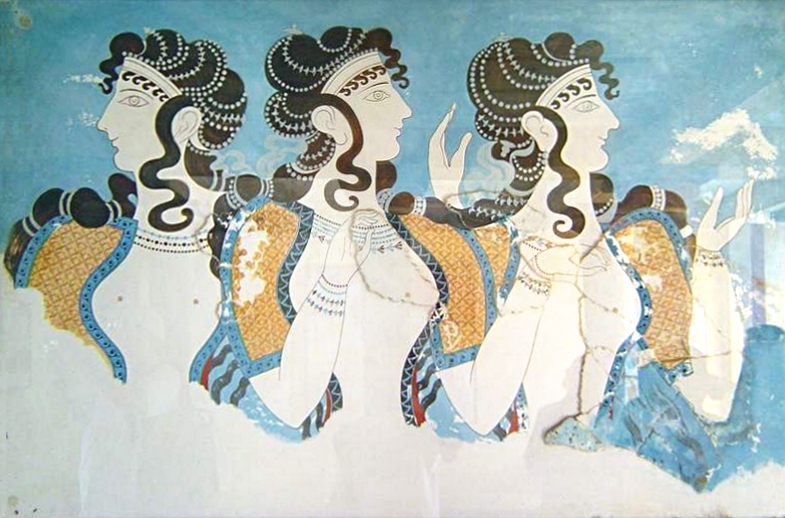- Read offline
- Access all content
- Use the in-app Map to find sites, and add custom locations (your hotel...)
- Build a list of your own favourites
- Search the contents with full-text search functionality
- ... and more!
Minoan Art
Rise and decline of 'the world’s first naturalistic art'

Minoan art is the one thing that sets Crete’s ancient civilization apart from every other – a vibrant, flowing art, ‘infused with a lyrical carelessness and freedom, not only in subject, but also in execution’, far closer to modern tastes than the stiff, hieratic figures of Middle Eastern cultures or even the self-consciously idealized art of Classical Greece.
The Minoan frescoes and vases were a revelation when Sir Arthur Evans’ men reconstructed them from the fragments of Knossos, and, even though we know more about their meanings and contexts today, they remain a revelation still. Other cultures show us imposing monarchs, mysterious figures of gods and demons, vast funeral pomps and such; compared to these the Minoans often seem to have come from another planet.
Even though their Linear A and B tablets suggest they had a bureaucratic, accounting streak in their souls as dry as dust, their art is free from political propaganda or state-worship; even works that are clearly religious seem more human, less threatening and shadowy.
Images by Andree Stephan, Carole Raddato, Carole Raddato from FRANKFURT, Germany, cavorite, Chris 73 on Wikimedia Commons, DmitriyGuryanov, Jebulon, Joyofmuseums, Olaf Tausch, Zde

